Arts & Culture
Balak: Cebuanas Writing Their Heart Out And Speaking Their Mind
Spoken word poetry in Cebu has been celebrated by a ton of people in different cafes and restaurants. With perhaps a cup of coffee or a bottle of beer in hand, one may have witnessed the beauty of literature through spoken word in a number of Cebu’s venues and hubs.
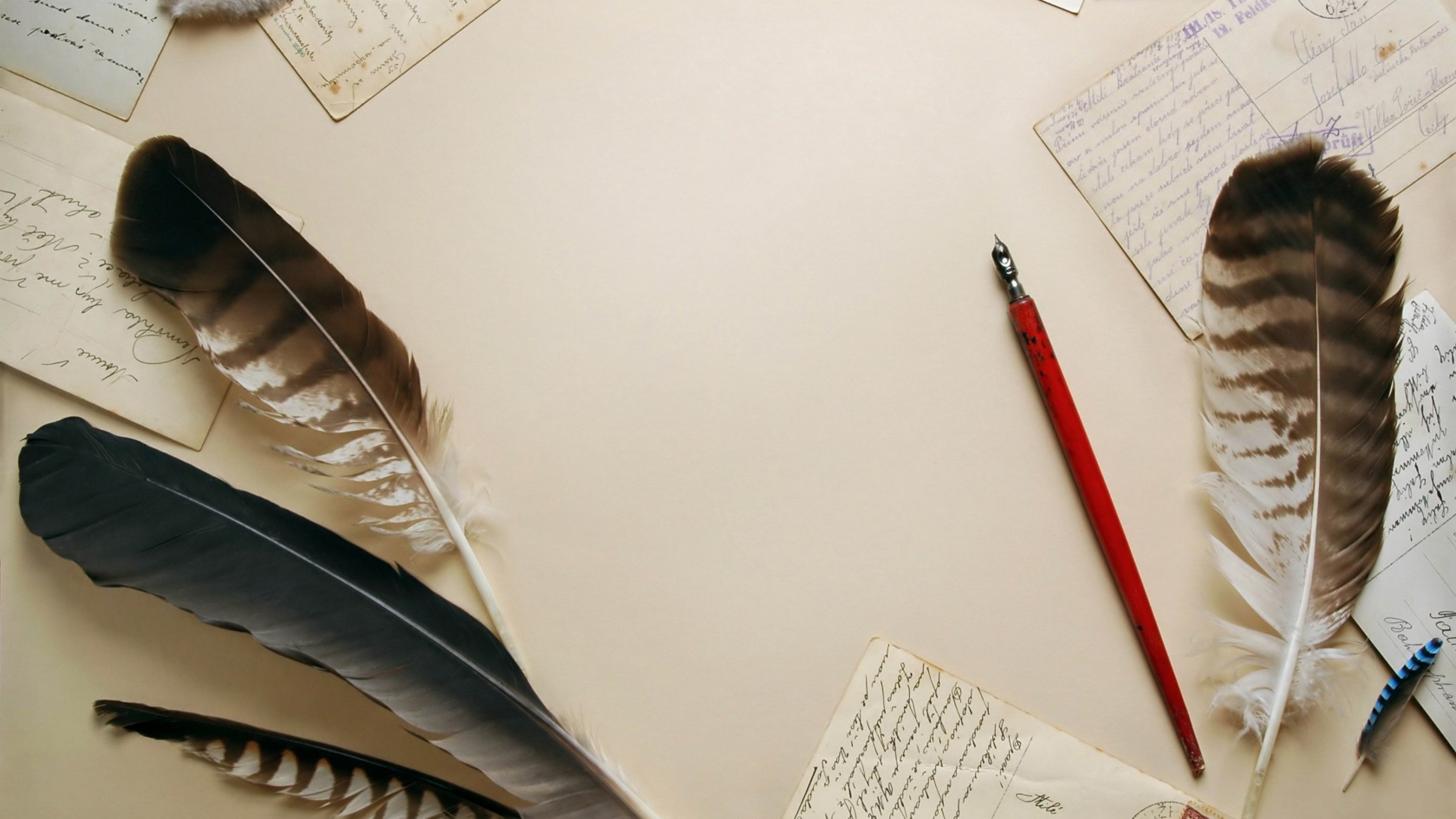
It’s not always that people start from the top, nor are they blessed with all the talent and skills to cultivate themselves fit for what they wanted to do or pursue. Valerie Tesing started her journey as a poet back when she was in elementary school, reminiscing her childhood when she pushed herself hard to find words that rhymed to perfect her first few poems.

For Valerie, she never really saw herself as someone who could write poems—she didn’t even love literature in the first place. She would love to think that it was fate that brought her towards literature, and she thanks the universe for it.
It is said that when one is such a bookworm, it would reflect in their writing, just like two peas in a pod. But for Valerie, she hadn’t read that many poems to master the art before she began writing one.
“I could not exactly remember the very first poem I wrote, but I know it only took me a piece of paper and pen to write all the words down. It was as if my mind was already an attic of words, and I never knew it existed until I tried to uncover it,” shares Valerie.
Spoken word poetry in Cebu has been celebrated by a ton of people in different cafes and restaurants. With perhaps a cup of coffee or a bottle of beer in hand, one may have witnessed the beauty of literature through spoken word in a number of Cebu’s venues and hubs.
For the rest of Valerie’s college life, she was known to be one to enjoy slam poetry and the balak. She would go to events catering such an activity and share her pieces which come in a variety of genres.
One of her favorite pieces include one called “Love and War”. On why she deemed it her favorite, she shares that it spoke of her story to the LGBTQIA+ community. It is also one of the very first poems she performed to an audience, an event, the “Bundak! Balak! Pride!” The poem speaks about a love not accepted, a love that would mean “suffocation”, “loss”, and being “wrong”. It is part of her advocacy to voice out and express the woes of those seen as minorities in the society.
“Only Warm When I’m Naked”, another piece of hers, speaks about her invisibility as an artist in our family and with her peers.
“Poets are not commonly recognized as artists I think, pretty much because we use words rather than paint or cameras, and even recently, some poems are reduced to just “hugot” in our culture so they’re not taken seriously as they should be,” says Valerie.
Poetry has been a way for Valerie to express her feelings, although it hasn’t been easy for her. There are no exact words to describe feelings and emotions such as being in love, or being happy, and according to Valerie, in order for these feelings to be described, poetry has shaped her eyes to search stories she can write about that truly speak out.
“You are able to express love in a story as small as finding a raindrop on your windowsill, or listening to your dog’s breaths. Poetry simplifies feelings/emotions in a way that it concretizes the abstract,” says Valerie.
When asked how she’d get millennials like her to appreciate literature in today’s age, she advises them to read more and sail to a sea of stories because they’re all just waiting to be read.
Writing poems and performing spoken word poetry in front of an audience is just some of Juanita Romualdez’s talents. You probably know the Cebuana as a video of her doing balak got viral a week ago, a proof of how her words touched a number of people. She is also a nationally renowned singer under Viva Records and has released a number of albums and singles such as “Inday” and “We’ll Never Know”. Graduating with a Linguistics and Literature majors in college, Juanita is set to be a woman of words.

“This (balak or spoken word poetry) really opened me up to a wide range of poetry styles and forms of literature in general,” shares Juanita. Through her Cebuano Poetry major subjects back then, she fell in love at how poetic the language can be. She shares that back then, Balak would be seen as something baduy, and sarcastic remarks such as “ka lawom ba uy! (how deep!)” would ensue.
It was a struggle for Juanita to write her own balak, due to her lack of vocabulary and metaphors that “sprout from a Cebuano sensibility”. However, this did not stop her as getting into Cebuano spoken word poetry allowed her to create pieces that work around her writing capabilities.
She recalls her beginnings in poetry writing, which she has done since at a very young age.
“I remember that my yearly gift (for all occasions) to my parents were poorly written poems, but they did come from the heart. And they knew very well that’s all my 7-year old self could afford to give,” Juanita muses.
Overwhelming support from the family showered Juanita the encouragement she needed to keep on writing, as her family framed these poems she gave out, a testament of how they loved the pieces.
High school came and Juanita started taking writing seriously by entering essay competitions and poetry contests.
“I just love words. Even the simplest ones. Can you believe that my favorite word is ‘blue’?”, shares Juanita. “I always share this in my workshops. I am not particularly fond of the actual “color blue” , but I love how the B and L roll so naturally into the U and E, it’s just such a delight to say! That’s the secret of writing, I guess,” she adds.
To write with passion, one has to enjoy the words and use the words one is comfortable with, and those that you know how to manipulate to your advantage. Contrary to popular belief, Juanita shares that in writing poetry, it’s not all about writing to impress. As much as she can, she made a vow to try to veer away from “lofty” words unless needed.
“The magic happens when you can take simple words and form something wonderful out of them. Because there is no perfect form of literature, but people will fall in love with genuine pieces/stories,” Juanita says.
Although she got into writing Bisaya Poetry a little late, she takes pride in some of her pieces. One of her first creations was about a time when she was late for a workshop. It circled around the struggle she went through of finding a ride and resorted to taking a habal-habal. Not only that, the piece also talked about her having to finish putting make-up while the driver zoomed through the streets. With this piece, Juanita was able to see the comical nature of the balak, which was what made her enjoy creating it.
Another Bisaya Poem she loved among her pieces, and was also definitely a crowd’s favorite was the one entitled “Isturyahinubog” (drunk talk). It starts with the line “gihigugma rako niya kung hubog siya (but in English I start it with” he never loved me sober”), which makes the crowd go crazy all because at one point in time, we’ve all experienced this.
When asked of her writing technique, Juanita shares that part of writing a piece is to take a “general concept” which is something that everyone has either experienced or can relate to, and place ideas and words that make it personal to you. The effectiveness in the details would speak to your audience.
Juanita, aside from writing songs, has turned to poetry writing to express herself. She says that poetry is both therapeutic and traumatic. Its ability to let you release your feelings and pour them out on a piece of paper gives you the beautiful work of immortalizing your feelings.

A growing number of millennials have ventured in this art of spoken word poetry. Juanita takes pride in this literature appreciation trend in Cebu, and it is continuing to grow through Cebu LitFest, an avenue promoting literature, most especially spoken word poetry. This 2018, Cebu LitFest is set to kickoff its various activities during the month of July, conducting workshops all over the city and putting up “Open Mic” nights for everyone to express themselves through poetry as well.
The Literary Festival, which is a celebration of the rich literature and art found in Cebu’s local scene and all over the world is how Valerie and Juanita learned to master the art of manipulating words through the different forms it can become, more fuller, more beautiful.
Arts & Culture
Visayas Art Fair Year 5: Infinite Perspectives, Unbound Creativity
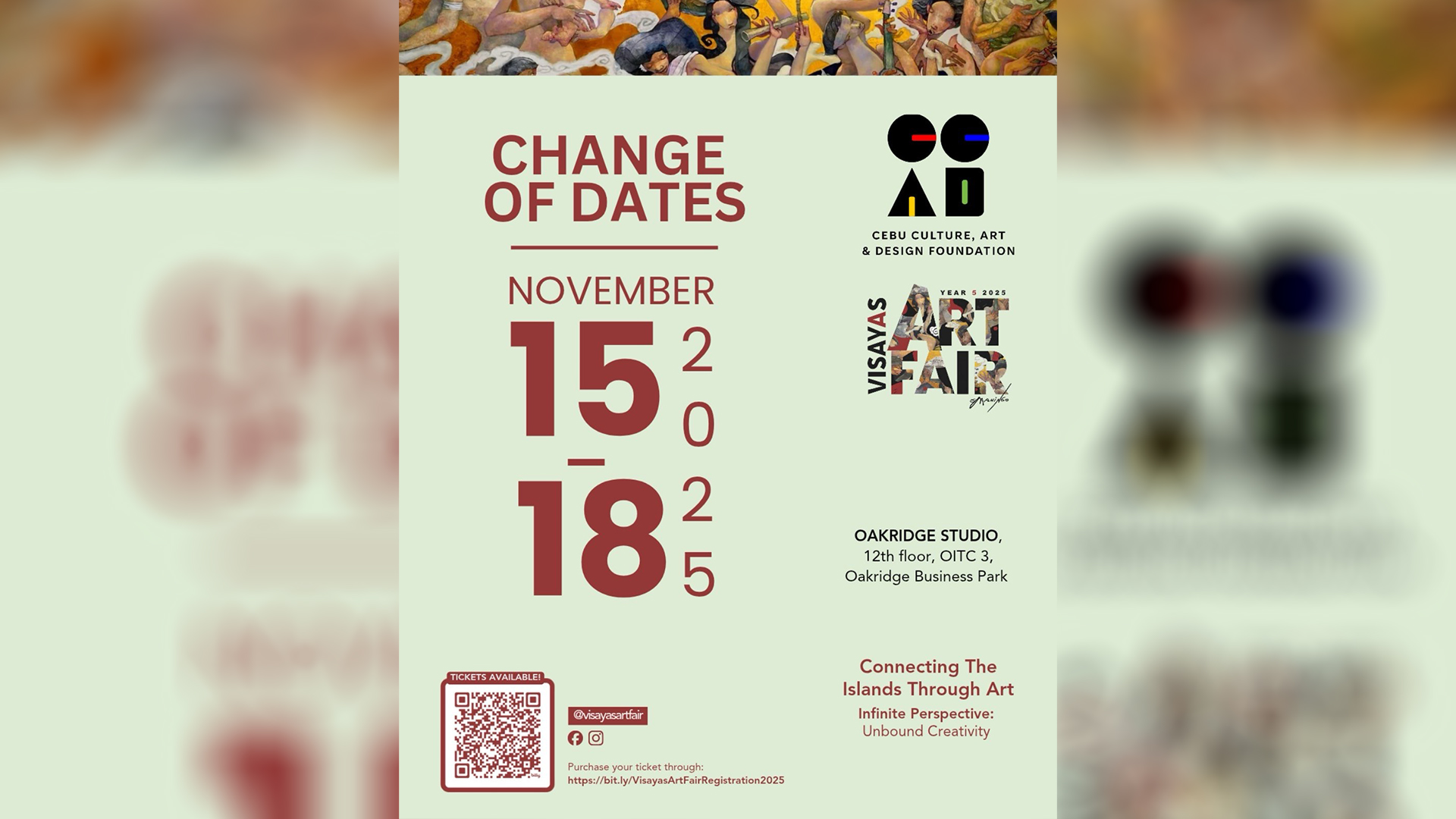
by Jing Ramos
This year’s Visayas Art Fair marks its 5th anniversary, celebrating the theme “Infinite Perspectives: Unbound Creativity.” The fair continues its mission of bridging creativity, culture, and community in the country. This milestone edition strengthens its partnership with the National Commission for Culture and the Arts and expands collaborations with regional art organizations and collectives—reinforcing its role as a unifying platform for Philippine art.
VAF5 features the works of Gil Francis Maningo, honoring the mastery of his gold leaf technique on opulent portraits of the Visayan muse Carmela, reflecting spiritual awareness.
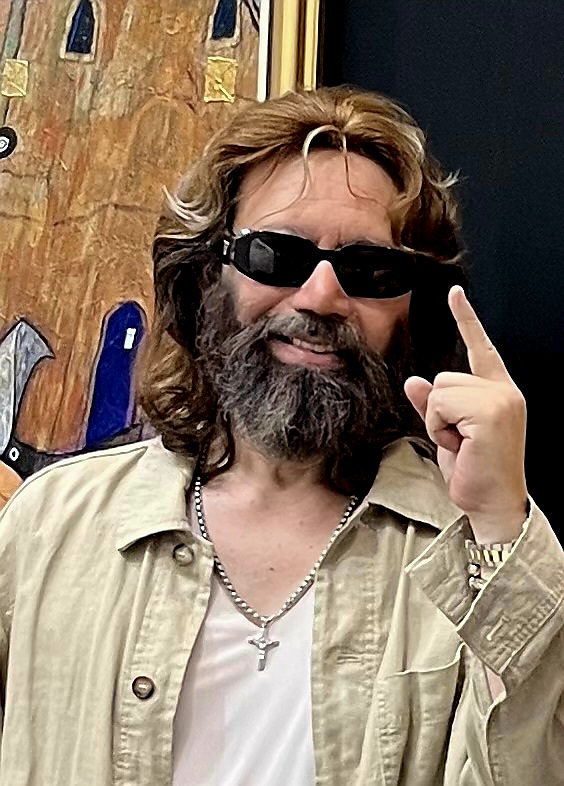
Gil Francis Maningo is celebrated for his gold leaf technique.
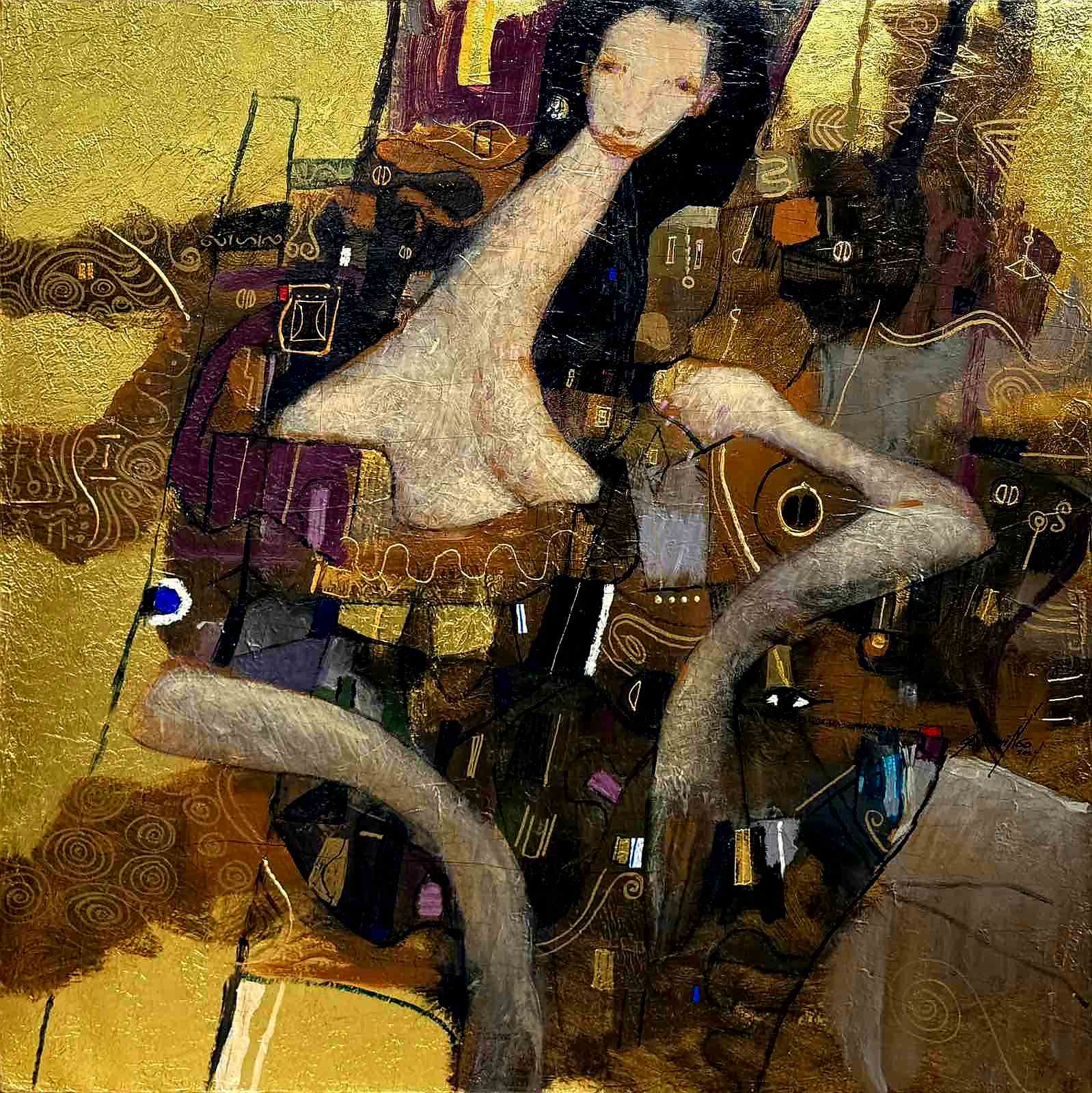
Gil Francis Maningo’s recurring theme of his Visayan muse “Carmela”.
Another featured artist is Danny Rayos del Sol, whose religious iconography of Marian-inspired portraits offers a profound meditation on the sacred and the sublime. This collaboration between two visual artists sparks a dialogue on the Visayan spirit of creativity and resilience. Titled “Pasinaya,” this dual showcase explores gold leaf as a medium of light and transcendence.
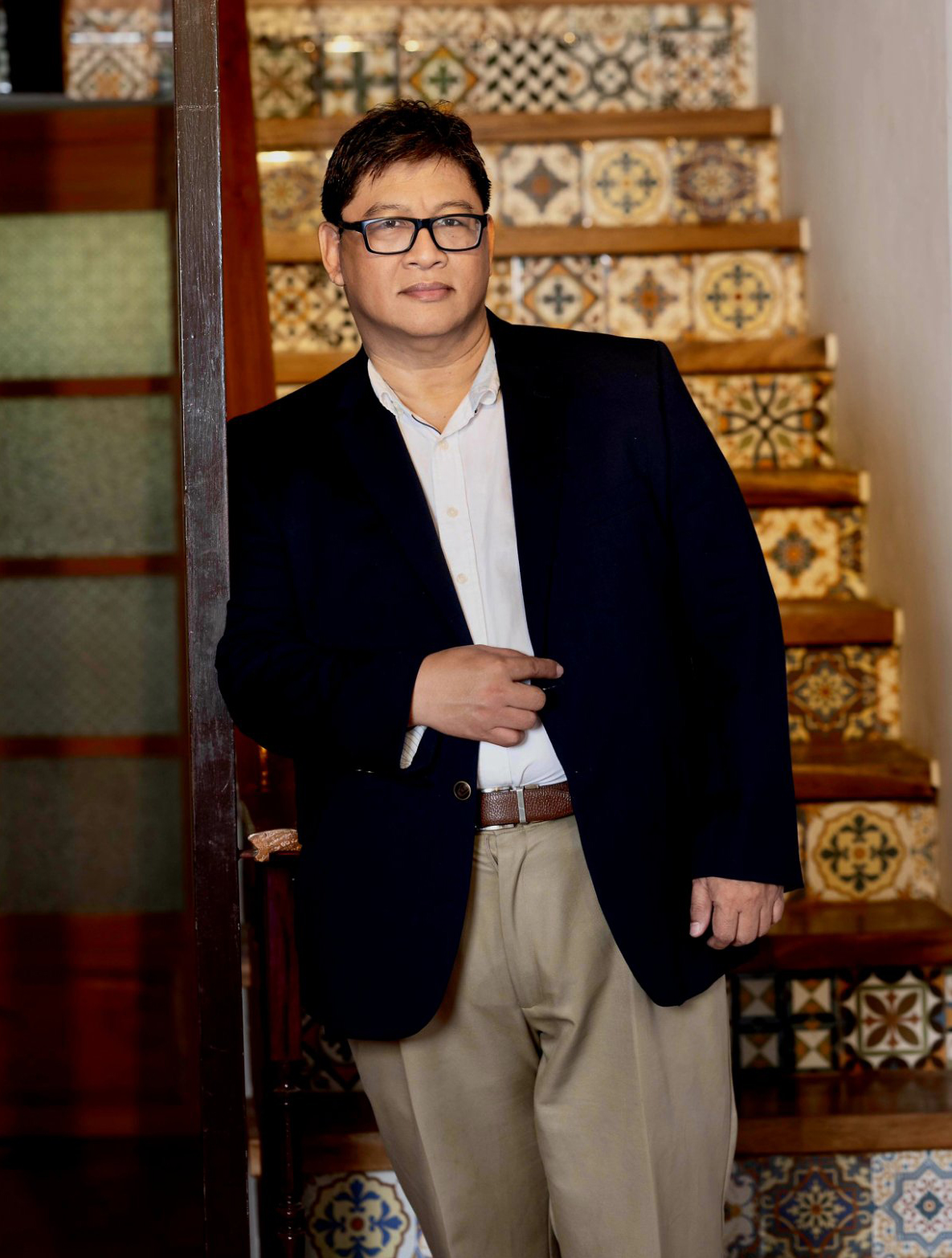
Artist Danny Reyes del Sol
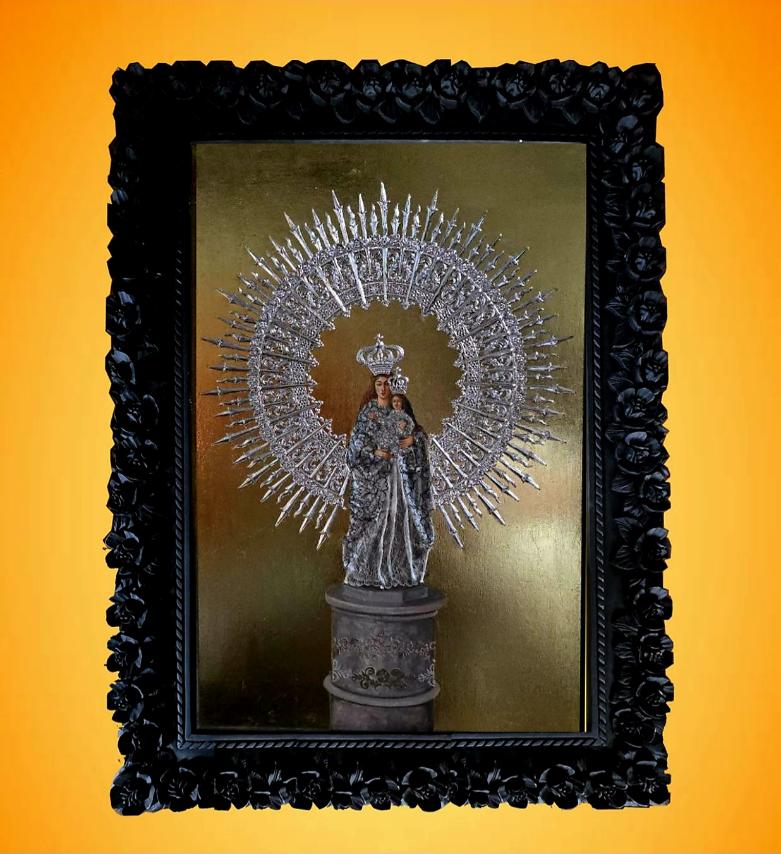
Danny Reyes del Sol’s religious iconography.
Now in its fifth year, the Visayas Art Fair has influenced a community of artists, gallerists, brokers, collectors, museum curators, and art critics—constructing a narrative that shapes how we approach and understand the artist and his work. This combination of factors, destined for popular consumption, illustrates the ways in which art and current culture have found common ground in a milieu enriched by the promise of increased revenue and the growing value of artworks.
Laurie Boquiren, Chairman of the Visayas Art Fair, elaborates on the theme, expressing a vision that celebrates the boundless imagination of unique artistic voices:
“Infinite Perspectives speaks of the countless ways artists see, interpret, and transform the world around them—reminding us that creativity knows no single point of view. Unbound Creativity embodies freedom from convention and controlled expression, allowing every artist to explore and experiment without borders.”
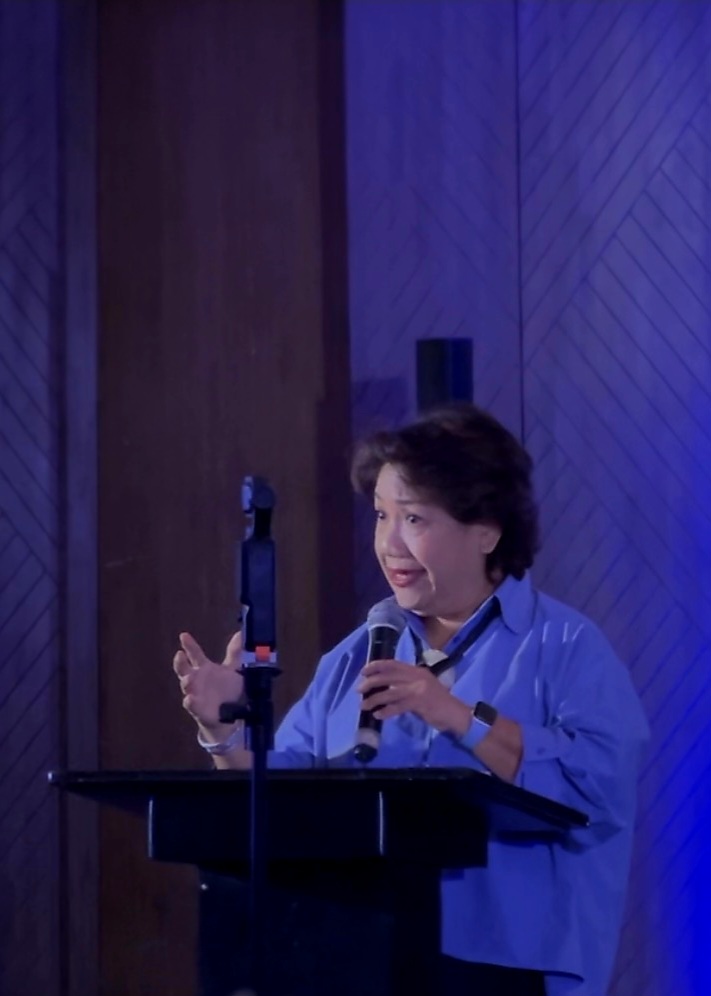
Laurie Boquiren, Chairman of the Visayas Art Fair has tirelessly championed the creative arts for the past five years.
Arts & Culture
Kultura. Kapital. Kasalukuyan: Art that Speaks of Today
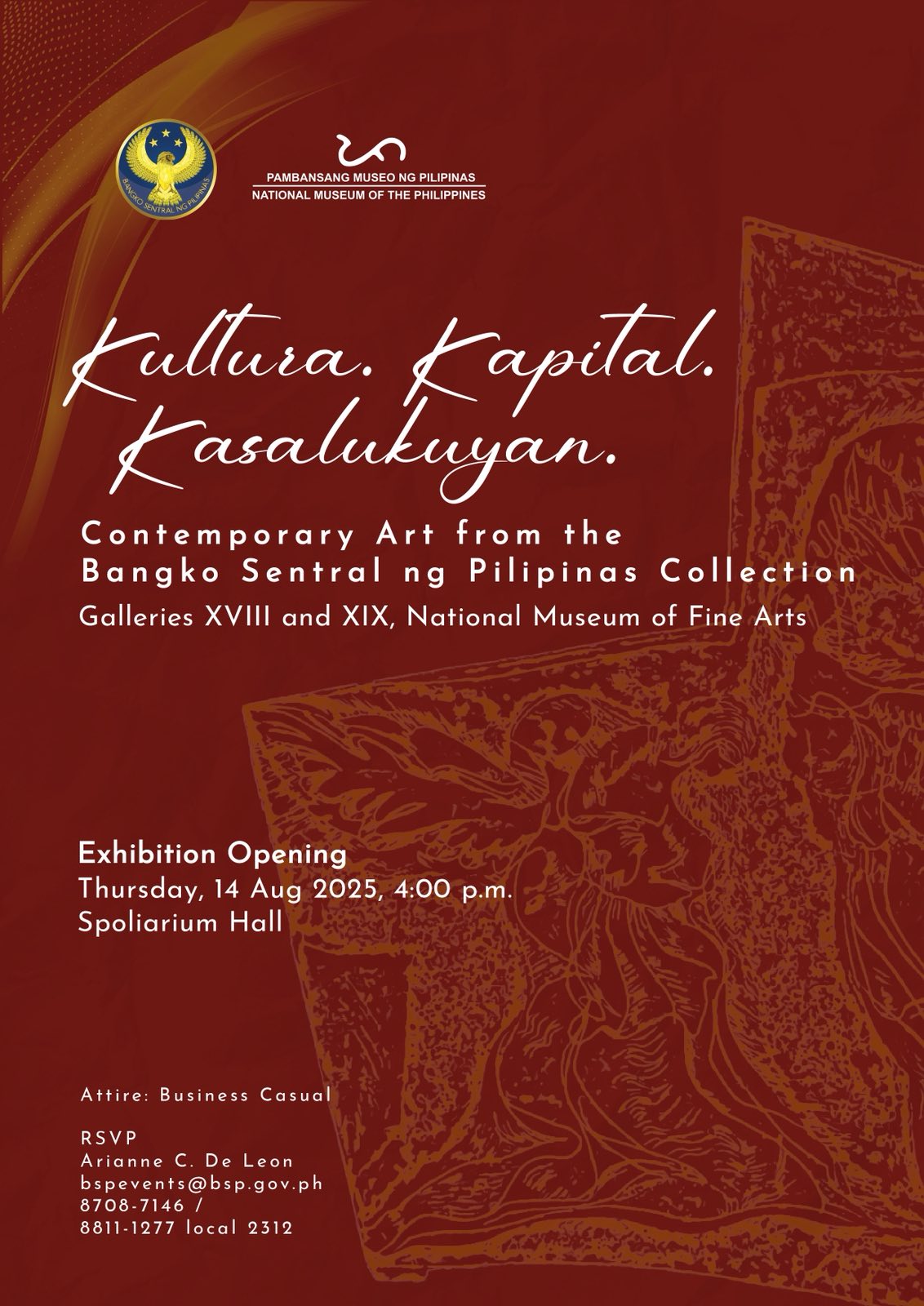
by Jose Carlos G. Campos, Board of Trustees National Museum of the Philippines
The National Museum of the Philippines (NMP) and the Bangko Sentral ng Pilipinas (BSP) recently teamed up to prove that money isn’t just for counting—it’s also for curating! Their latest joint exhibition, Kultura. Kapital. Kasalukuyan: Contemporary Art from the Bangko Sentral ng Pilipinas Collection, is now open, and it’s a real treat for art lovers and culture buffs alike.
On display are gems from the BSP’s contemporary art collection, including masterpieces by National Artist Benedicto Cabrera (Bencab), along with works by Onib Olmedo, Brenda Fajardo, Antipas Delotavo, Edgar Talusan Fernandez, and many more. Some of the artists even showed up in person—Charlie Co, Junyee, Imelda Cajipe-Endaya, Demi Padua, Joey Cobcobo, Leonard Aguinaldo, Gerardo Tan, Melvin Culaba—while others sent their family representatives, like Mayumi Habulan and Jeudi Garibay. Talk about art running in the family!
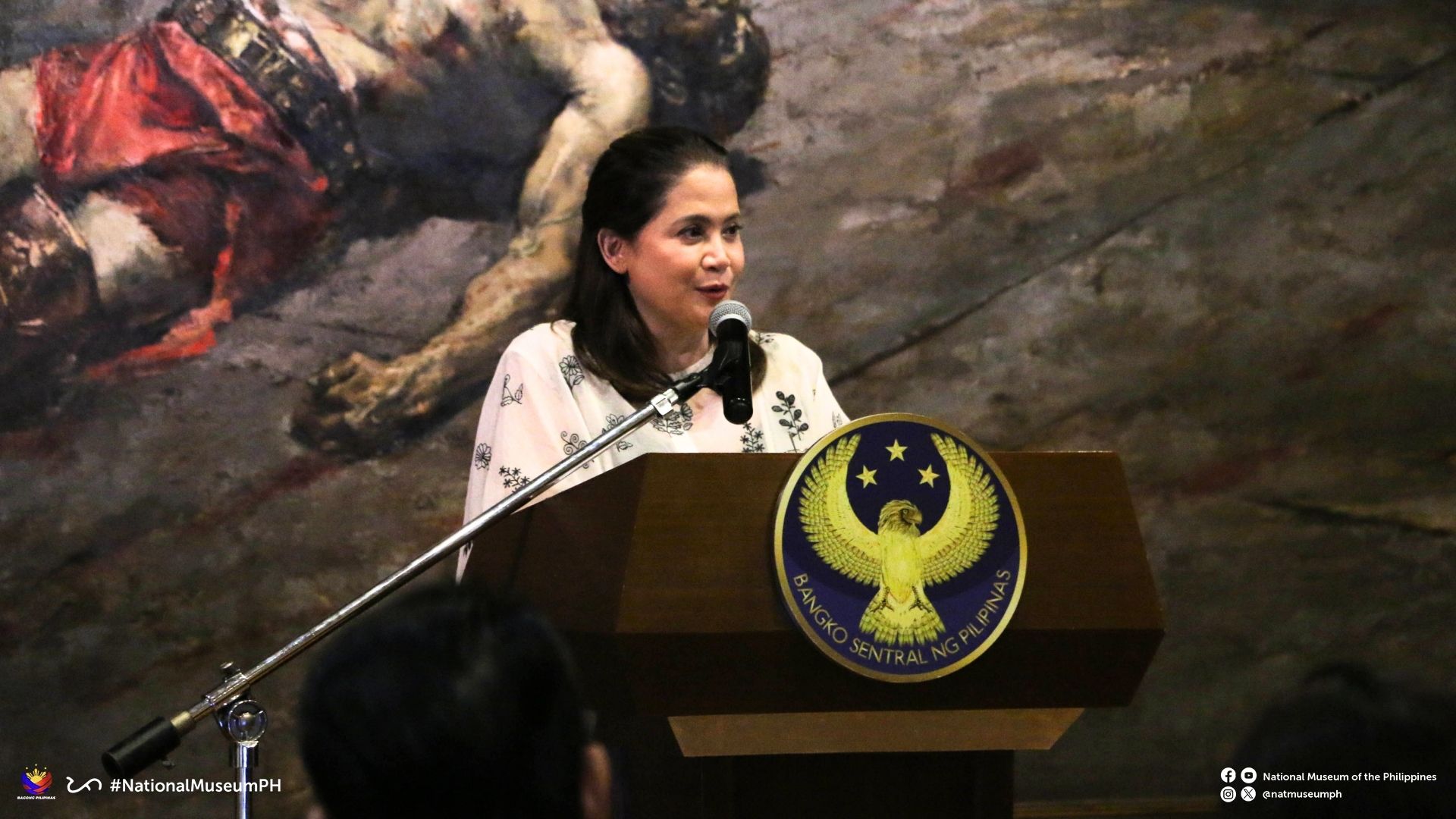
Deputy Governor General of the BSP, Berna Romulo Puyat
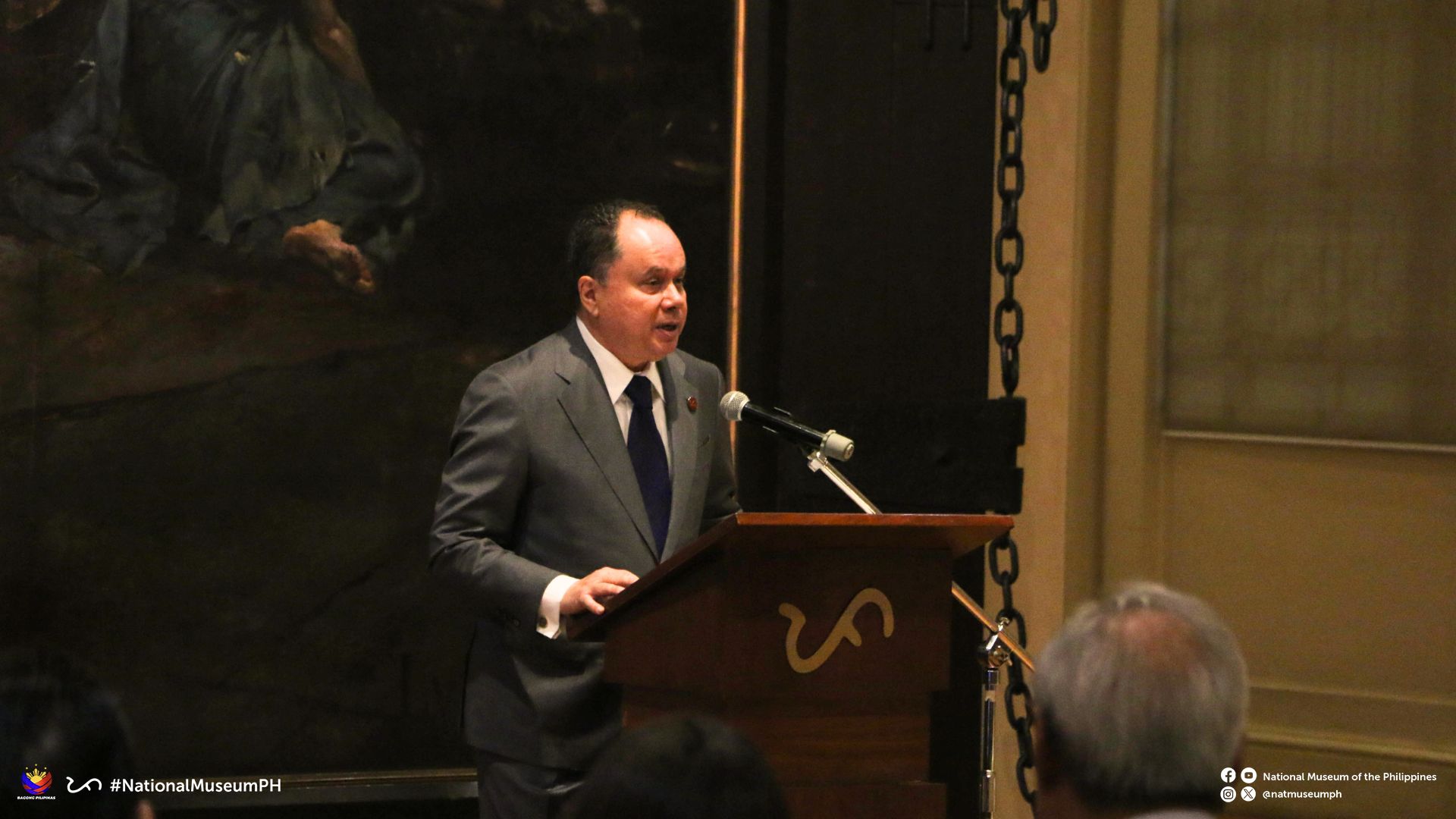
Chairman of NMP, Andoni Aboitiz
The BSP Governor Eli M. Remolona, Jr. and members of the Monetary Board joined the event, alongside former BSP Governor Amando M. Tetangco, Jr., Ms. Tess Espenilla (wife of the late Nestor A. Espenilla, Jr.), and the ever-graceful former Central Bank Governor Jaime C. Laya, who gave a short but enlightening talk about the BSP art collection.
From the NMP, Chairman Andoni Aboitiz, Director-General Jeremy Barns, and fellow trustees NCCA Chairman Victorino Mapa Manalo, Carlo Ebeo, and Jose Carlos Garcia-Campos also graced the occasion. Chairman Aboitiz expressed gratitude to the BSP for renewing its partnership, calling the exhibition a shining example of how financial institutions can also enrich our cultural wealth.
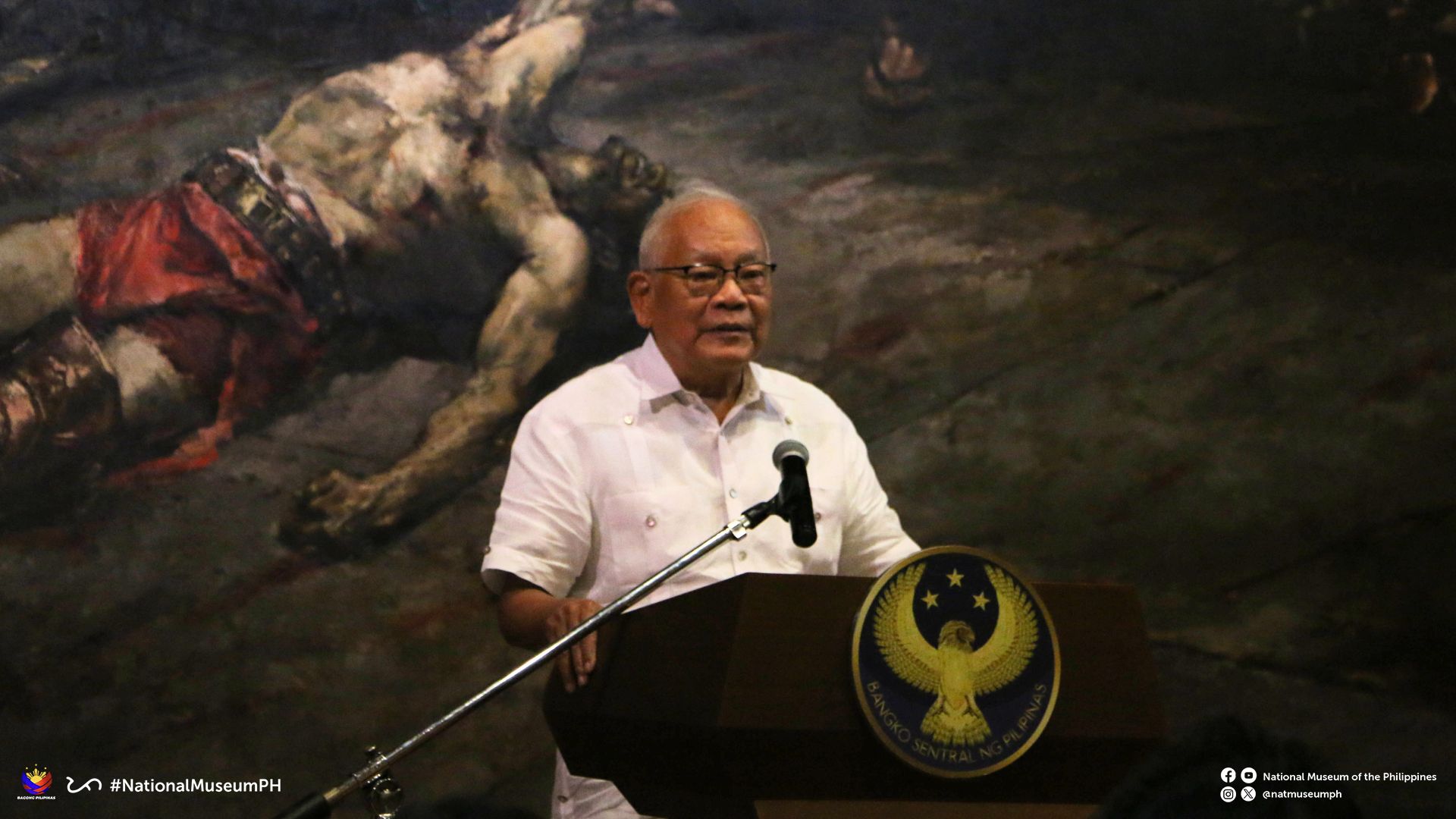
Former Governor of BSP Jaime Laya

Governor of BSP Eli M. Remona and Chairman of NMP Board Andoni Aboitiz
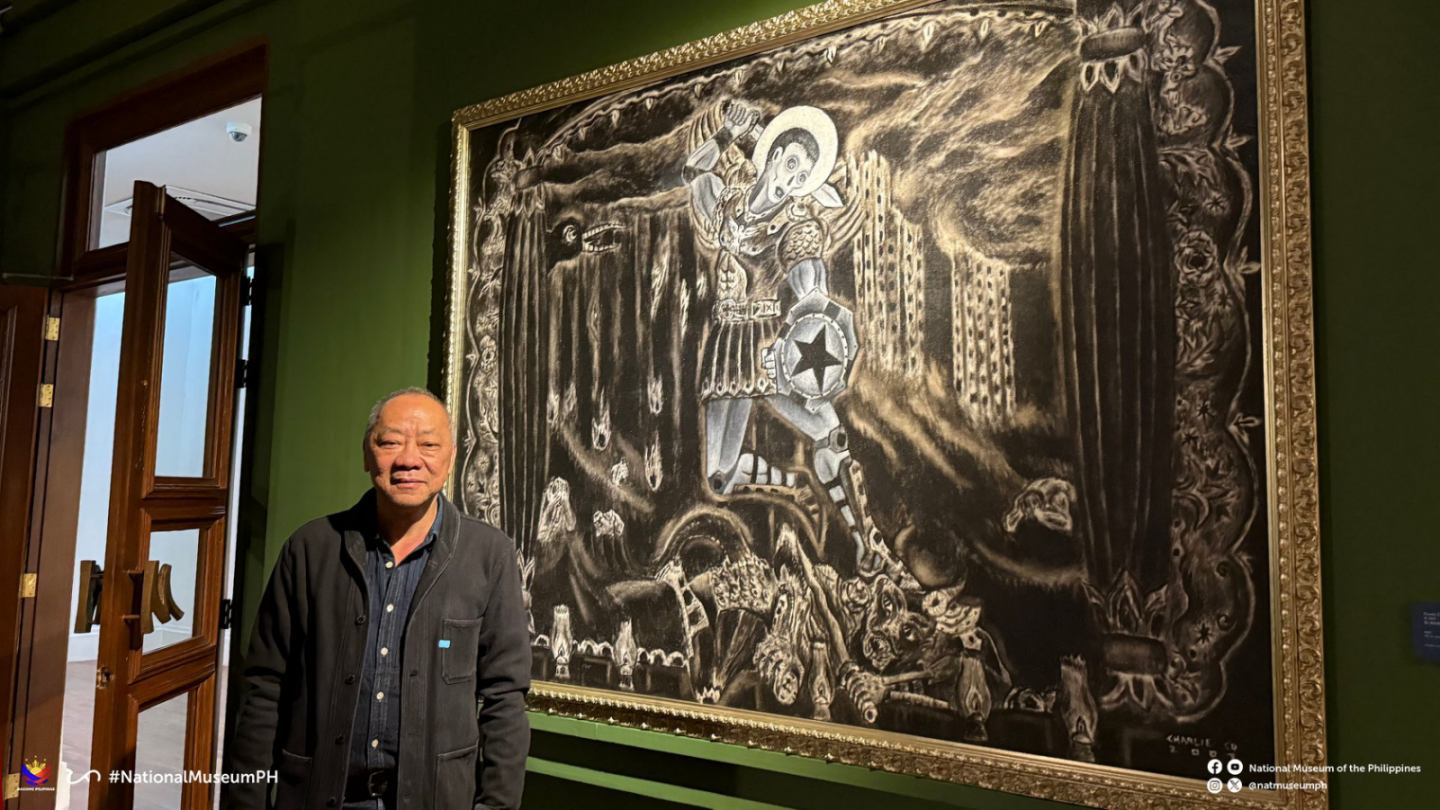
Artist Charlie Co
Before the official launch, a special media preview was held on 5 August, hosted by BSP Deputy Governor Bernadette Romulo-Puyat and DG Jeremy Barns. It gave lucky guests a sneak peek at the collection—because sometimes, even art likes to play “hard to get.”
The exhibition Kultura. Kapital. Kasalukuyan will run until November 2027 at Galleries XVIII and XIX, 3/F, National Museum of Fine Arts. Doors are open daily, 9:00 AM to 6:00 PM. So if you’re looking for something enriching that won’t hurt your wallet (admission is free!), this is your sign to visit. After all, the best kind of interest is cultural interest.
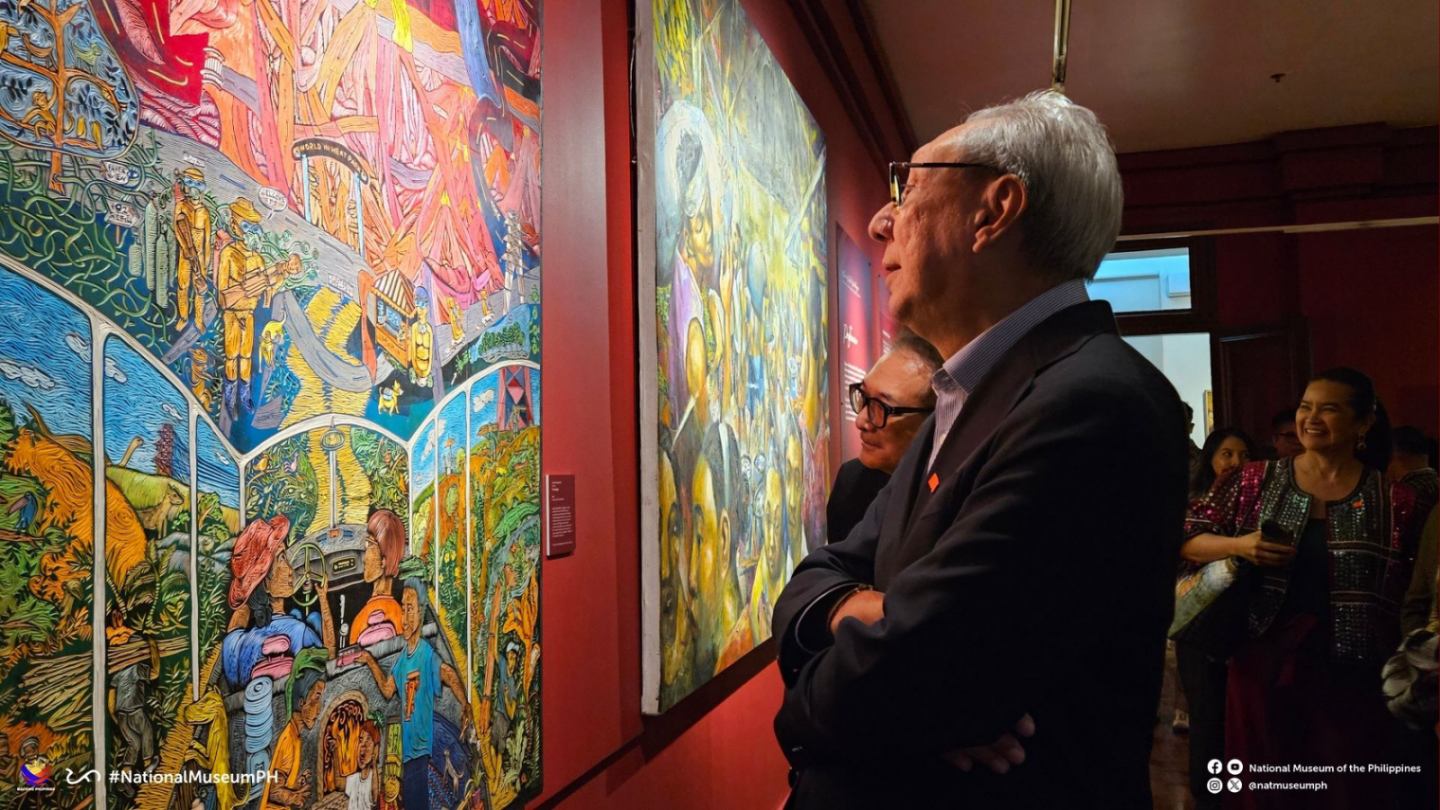
Monetary Board of the BSP, Walter C. Wassmer
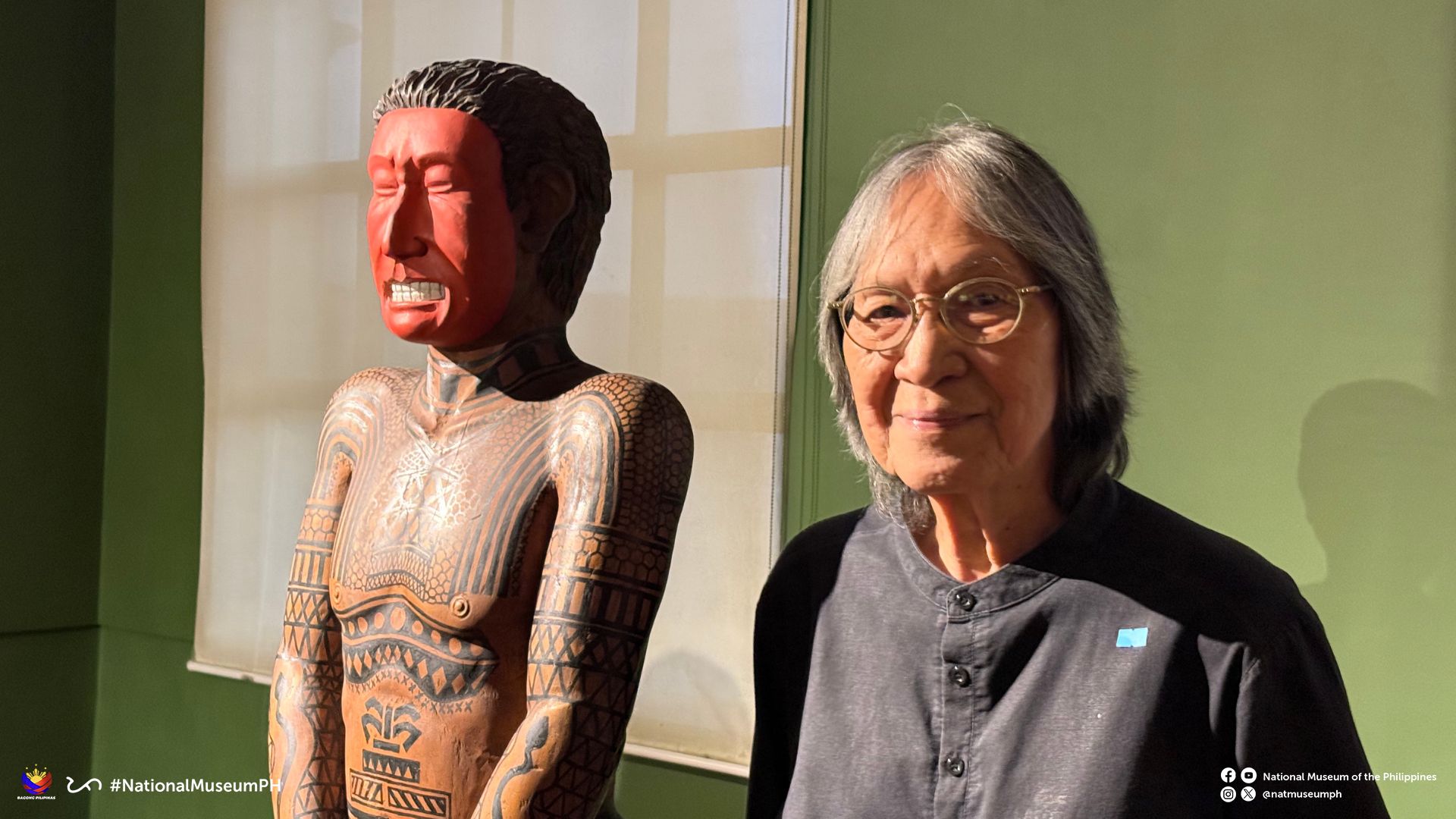
Luis Yee, Jr. aka ‘Junyee’ The Artist beside his Sculpture
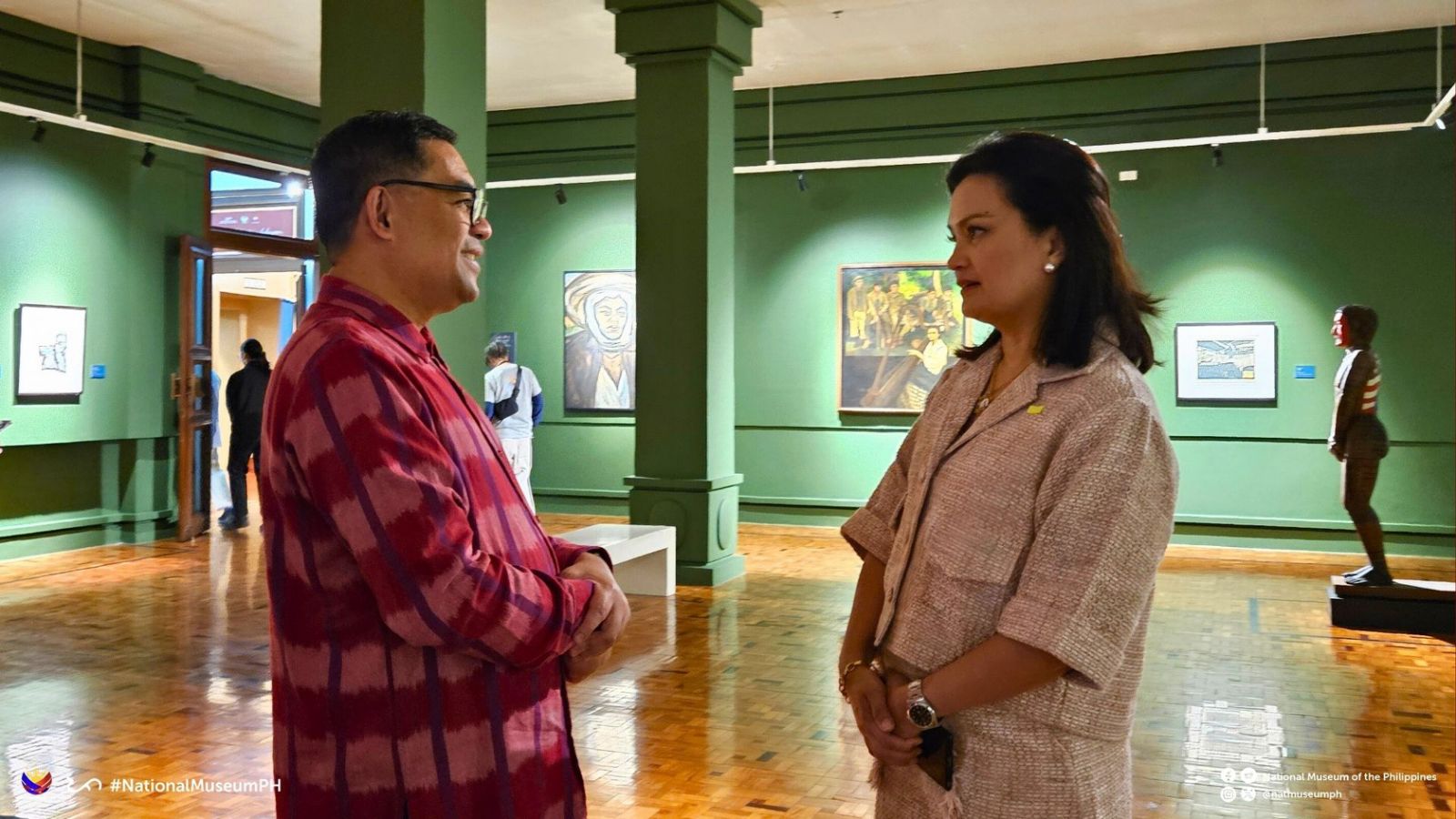
Arvin Manuel Villalon, Acting Deputy Director General for Museums, NMP with Ms. Daphne Osena Paez
Arts & Culture
Asia’s Fashion Czar I Knew as Tito Pitoy; Remembrance of a Friendship Beyond Fashion with Designer Jose R. Moreno
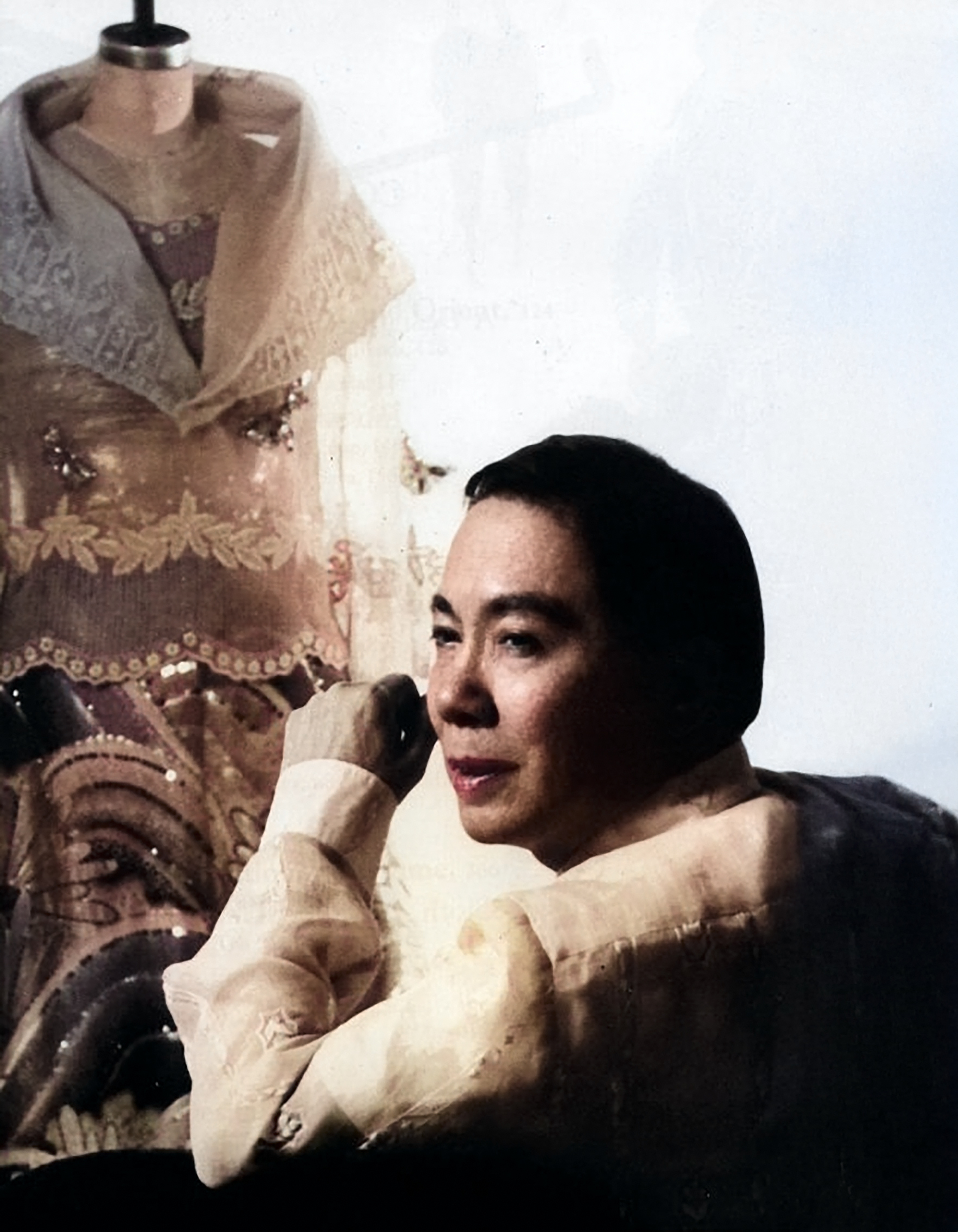
by Jose Carlos G. Campos, Board of Trustees National Museum of the Philippines
My childhood encounter with the famous Pitoy Moreno happened when I was eight years old. My maternal grandmother, Leonila D. Garcia, the former First Lady of the Philippines, and my mother, Linda G. Campos, along with my Dimataga aunts, brought me to his legendary atelier on General Malvar Street in Malate, Manila. These were the unhurried years of the 1970s.
As we approached the atelier, I was enchanted by its fine appointments. The cerulean blue and canary yellow striped canopies shaded tall bay windows draped in fine lace—no signage needed, the designer’s elegance spoke for itself. Inside, we were led to a hallway adorned with Art Deco wooden filigree, and there was Pitoy Moreno himself waiting with open arms—”Kamusta na, Inday and Baby Linda,” as he fondly called Lola and Mommy.
“Ahhh Pitoy, it’s been a while,” Lola spoke with joy.
“Oh eto, may kasal na naman,” my mom teasingly smiled.
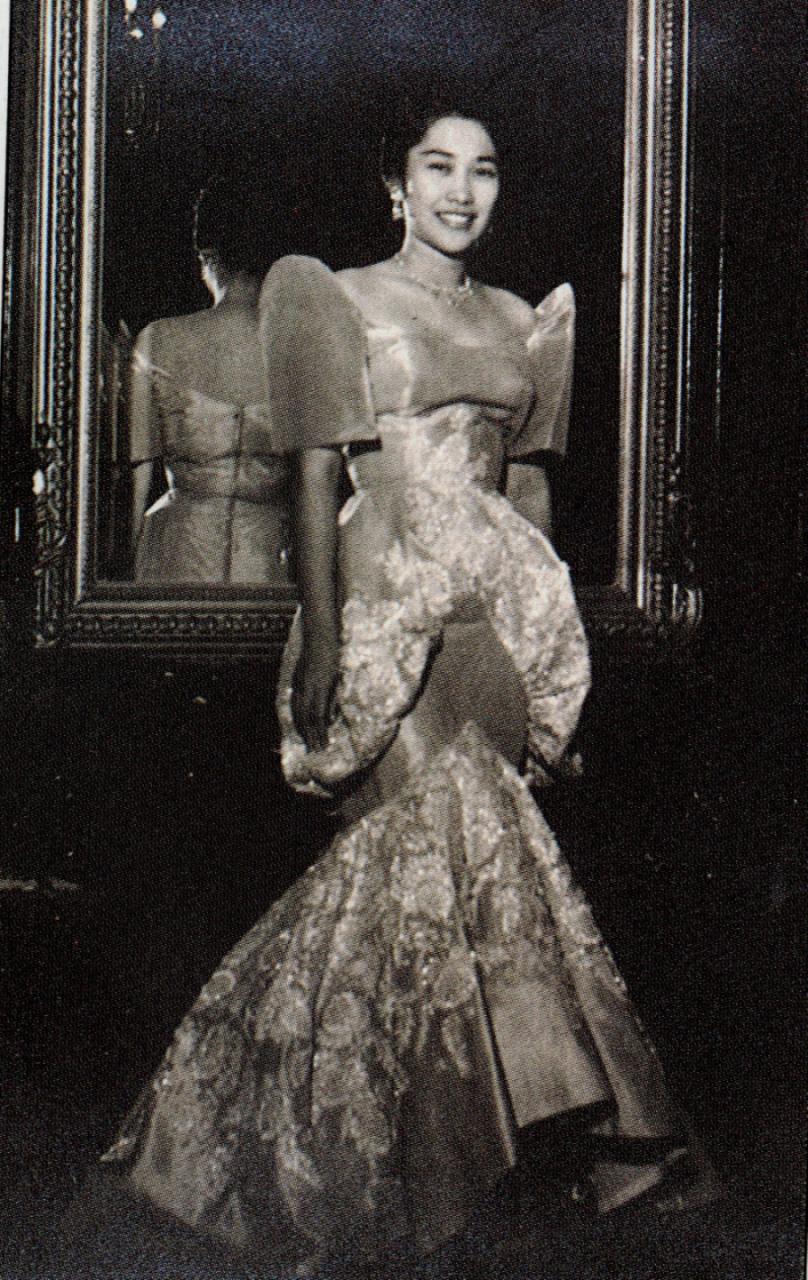
Linda Garcia Campos and Pitoy Moreno’s friendship started when they were students in the University of the Philippines in Diliman.
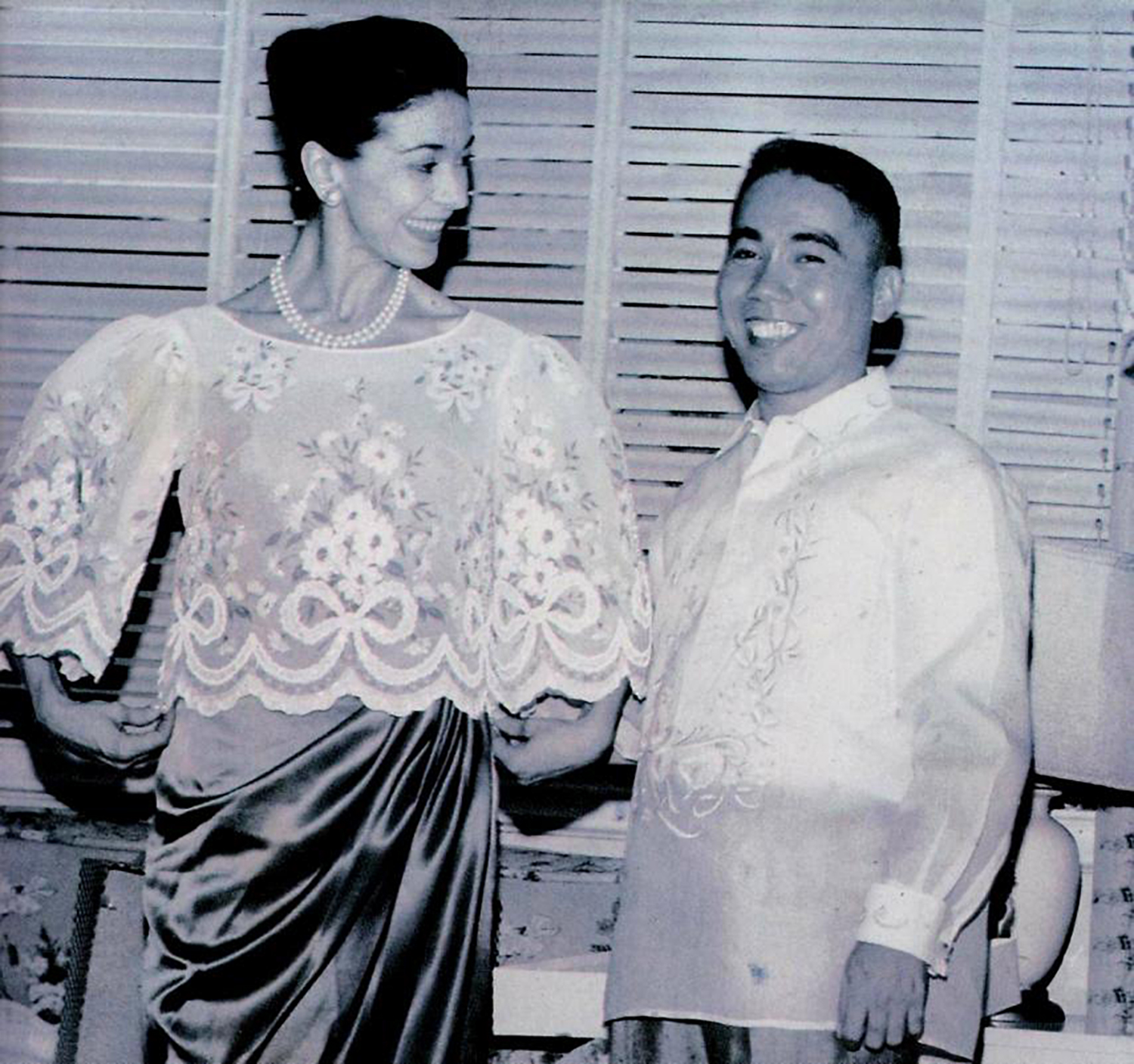
When Dame Margot Fonteyn came for a visit to Manila, Pitoy Moreno dressed her up for an occasion.
We had entered a world of beauty—porcelain figurines, ancient earthenware and pre-colonial relics. It was like stepping into a looking glass, only Pitoy could have imagined.
Destiny led me back years later when my mother Linda told me that Pitoy Moreno was working on his second book, Philippine Costume, and needed research material and editorial advice. At this point, around the 1990s, I was in between assignments—unsure of how a broadcasting graduate like me could possibly contribute to a fashion icon’s masterpiece. Fortunately, I agreed to the project.
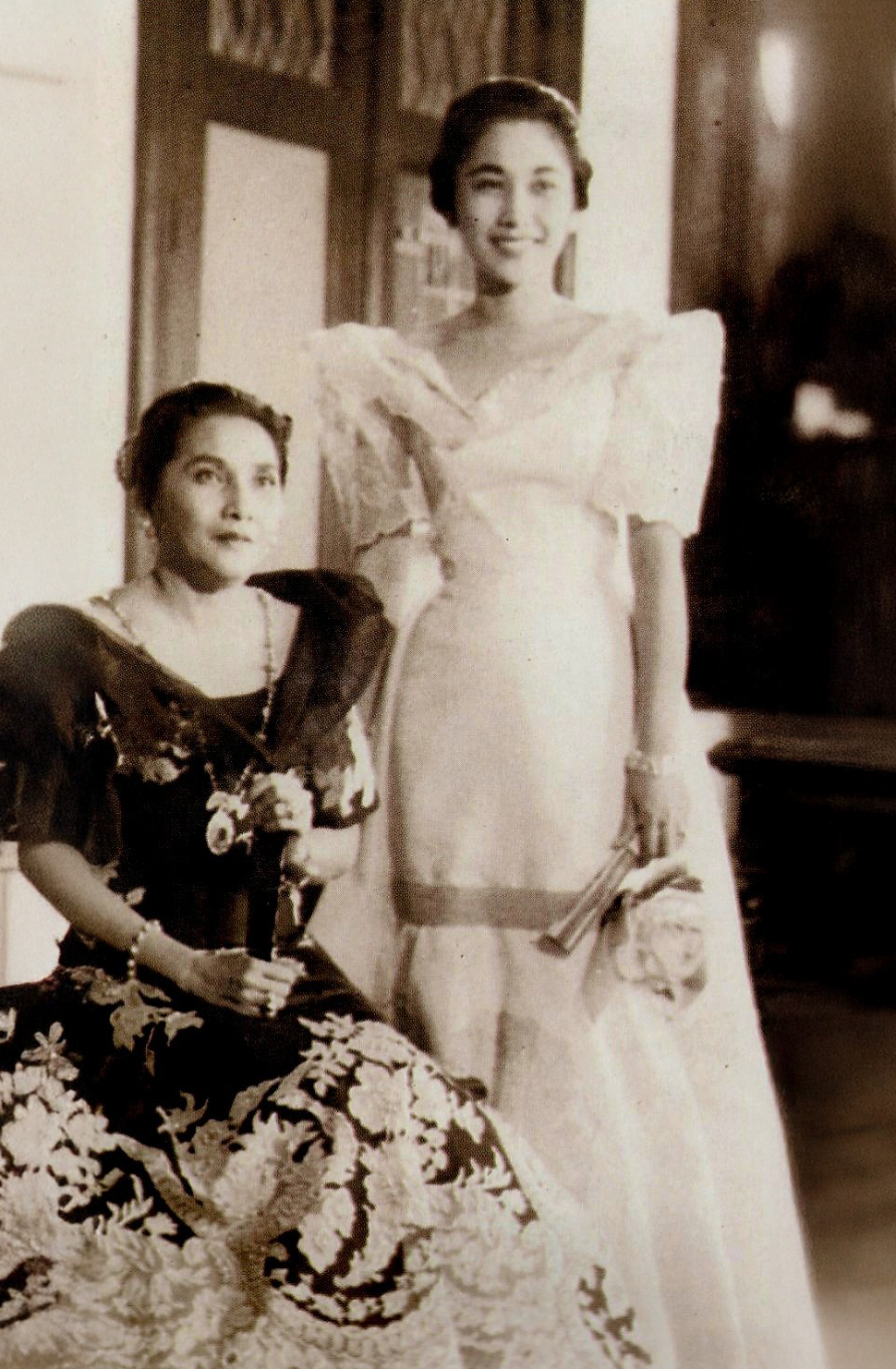
Former First Lady Leonila D. Garcia and daughter Linda G. Campos in Malacañang Palace.
Returning to the designer’s atelier brought back a rush of pleasant memories. The gate opened, and there stood Pitoy Moreno, beaming as always.
“Come in, hijo. Let me show you what I have in mind—and call me Tito Pitoy, okay?”
He led me to his worktable.
“I want to publish a book that tells the story of Philippine fashion—from our pre-colonial roots to the present. A designer’s collection of images and heritage expressed in clothing.”
I was awestruck. “How can I help you?” I inquired.
“Did you know that your mother, Linda, was my barkada in the University of the Philippines in Diliman?” he grinned.
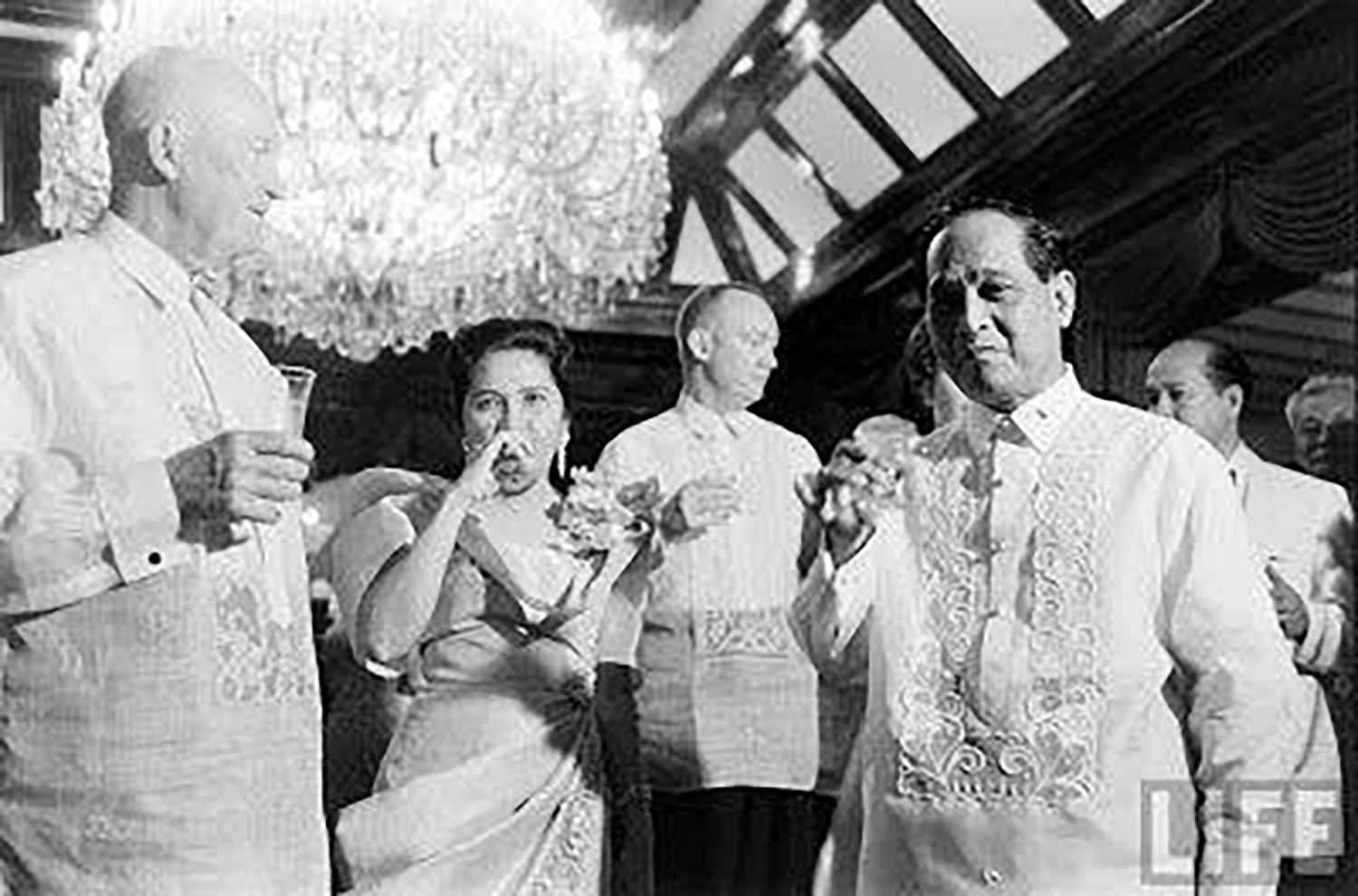
US President Dwight Eisenhower with First Lady Leonila Garcia and President Carlos Garcia in a state dinner at Malacañang Palace in Manila.
That friendship soon led to one of the proudest moments of the designer’s life. He had the opportunity to dress not only the First Lady Leonila D. Garcia but also President Carlos P. Garcia during his term. It was also during this time that the President of the United States, Dwight Eisenhower, came for an official visit to Manila. The designer was able to make clothes for the President, his daughter, and his staff.
“Eisenhower even asked for discounts on the barong Tagalog,” Tito Pitoy laughed.
Tito Pitoy then asked if I could find a terno he had made for my Lola, the former First Lady, which she wore for President Eisenhower’s state visit in 1960.
“How about her other ternos, dated from the 1920s to the 1960s?” I offered.
He lit up.
I scoured my Lola’s extensive closet—it felt like unearthing a legacy. Tucked behind layers of vintage ternos from countless fashion designers, I found that terno, which was photographed by Dick Baldovino along with other pieces for the book project. Once the project was finished and I myself had moved on, my bond with Tito Pitoy never wavered.
When my Lola passed away, he was deeply touched when I personally informed him of the sad news. Once, at the wake of former Vice President Salvador Laurel, he asked me to assist him in the placement of the medals in the chapel.
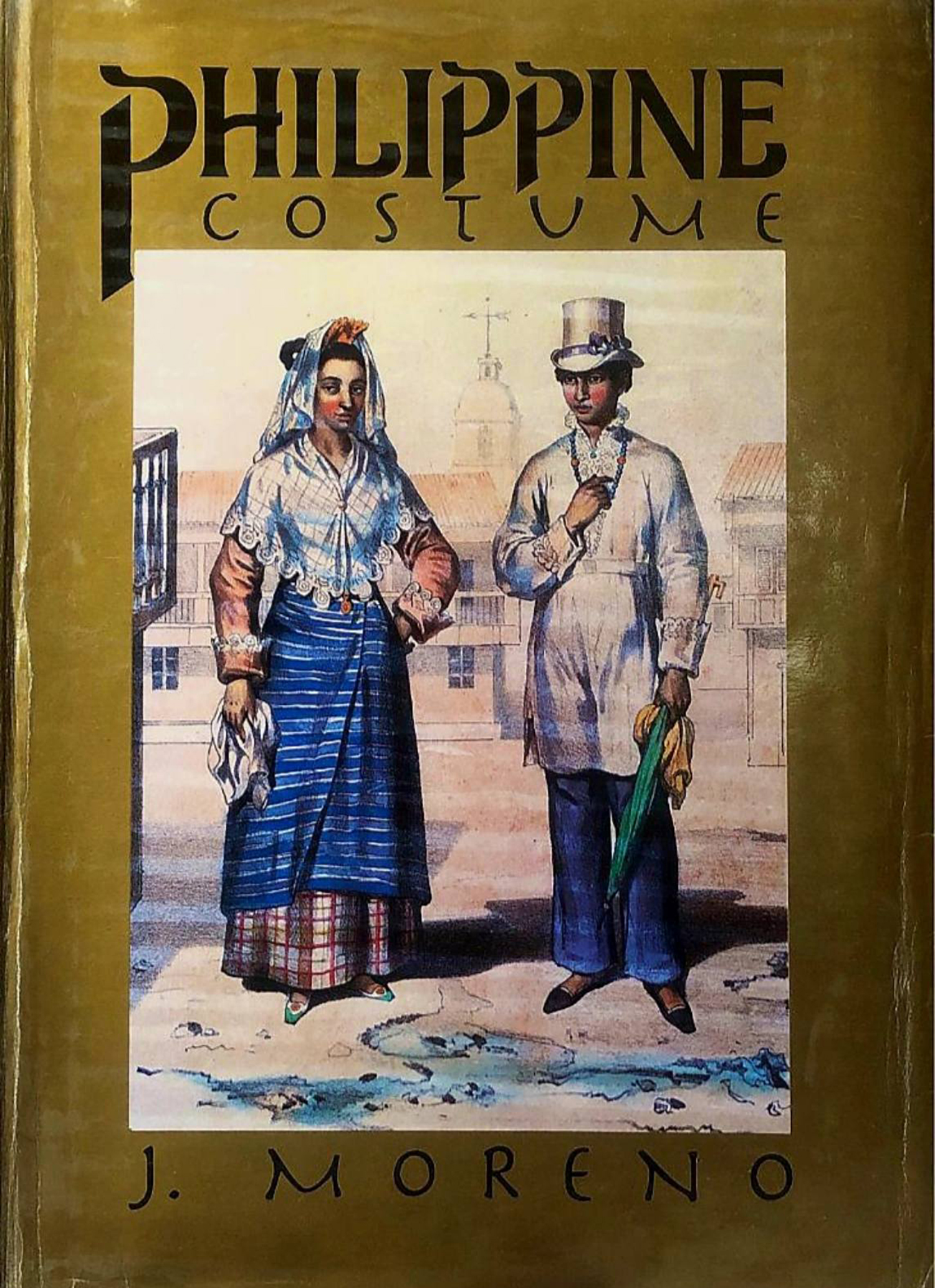
Philippine Costume by Jose Moreno is the designer’s collection of images and heritage expressed in clothing.
Tito Pitoy later invited me to his 80th birthday celebration—a dazzling Manila affair in 2012. During the evening’s festivities, he handed me a printed copy of Philippine Costume and added warmly,
“Thank you, hijo. I’ll call on you for the next one.”
The highlight of his career—and his most unforgettable moment—came during the Metro Magazine Gala fashion show: A Tribute to Pitoy Moreno, Fashion Icon. A collection of evening gowns spanning six decades—many of them unseen and tucked away in his atelier—were revealed that night. When the finale came, Tito Pitoy walked the stage, triumphant and waving to a sea of admirers. Longtime friends from the industry, society’s finest, and fashionistas rose from their seats and gave him a standing ovation.
It wasn’t just to celebrate his craft and ingenuity—it was to honor the man who brought elegance, history, and heart in every stitch.
-
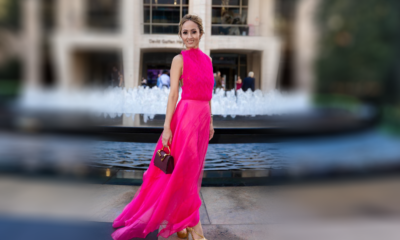
 Style2 months ago
Style2 months agoHappy Melendres Traipsing Around Manhattan in Non-Stop Armani
-
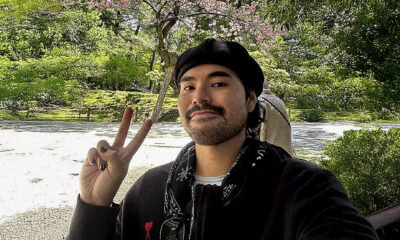
 Prime Target2 months ago
Prime Target2 months agoMiko Sarmiento: Turning Silk Scarves Into Works of Art
-
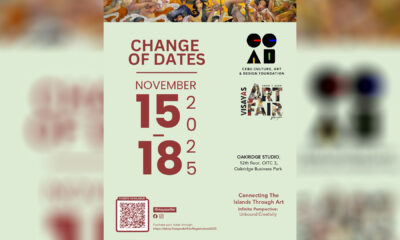
 Arts & Culture1 month ago
Arts & Culture1 month agoVisayas Art Fair Year 5: Infinite Perspectives, Unbound Creativity
-
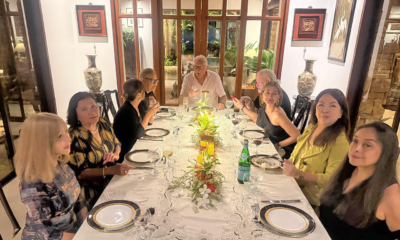
 The Scene3 months ago
The Scene3 months agoAnother Elegant Dinner at Chez Marguerite
-

 Prime Target3 months ago
Prime Target3 months agoLuna Vdl–Endless Summers in Siargao
-
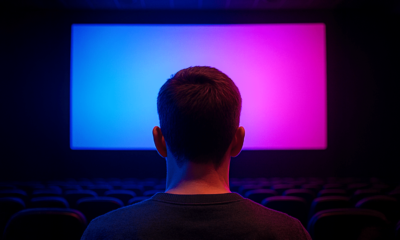
 QuickFx3 months ago
QuickFx3 months agoI Lost It at the Movies: Five of the Most Significant Films of the 1960s
-

 Travel1 month ago
Travel1 month agoAutumn in Istanbul: Fellow Travellers Share Turkish Delights
-

 The Scene4 weeks ago
The Scene4 weeks agoBe Fabulous: Dr. Fremont Base’s 50th Birthday Party Echoes the Disco-Glam Era


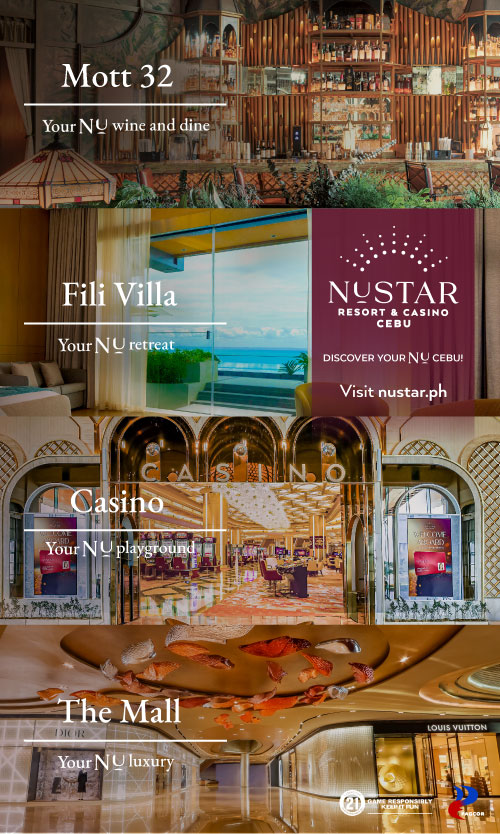






You must be logged in to post a comment Login